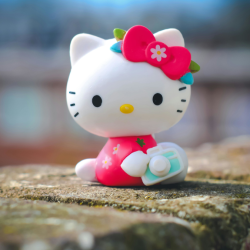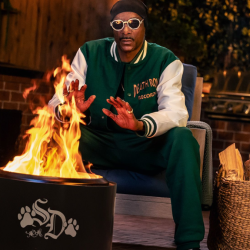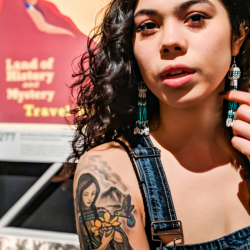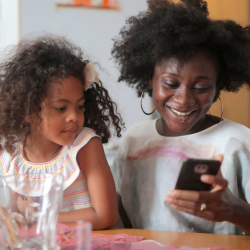What are you doing this weekend?
A long ride with your cycling club? Beer tasting at your local? Catching an indie film at the cinema? Whatever you’re up to, chances are, it’s with your tribe. People you are comfortable with, where you can relax and be yourself. Finding your tribe, it seems, is one of the keys to happiness.
Tribes are important. From an evolutionary perspective, in fact, they are essential. Generations ago, members of the same tribe sounded the alarm to alert the others when a hungry tiger was lurking nearby. Tribes saved lives.
And there’s strong evidence that tribes, while less essential for survival, are just as effective at supporting their members as they ever were.
In 2005, John Levine from Lancaster University explored the power of this in-group behaviour. Psychologists define an in-group as a group that an individual identifies as being a member of. For example, those with a shared interest or ability — a modern-day tribe. In this case, football supporters.
The experimental evidence
Levine recruited a group of Manchester United fans and told them they were taking part in research on football teams. After the participants had completed a short task, they were asked to head to another building to watch a video about football fans. As they walked over, an associate of the researchers jogged past and seemingly slipped and fell.
Sometimes, the jogger was wearing a Man U shirt; other times a Liverpool shirt. Some saw the runner in a plain, unbranded sports shirt. A hidden observer noted whether the participants, having noticed the accident, offered help.
Levine’s results were stark: Manchester United fans helped 92% of runners wearing their team’s strip. But they helped just 30% wearing a rival shirt or a plain shirt.
The message is clear: we look out for our own.
One could easily be disheartened by this and conclude that there’s little point in trying to gel with those who don’t share the same interests, or, say, political viewpoint.
But, another study offers a more positive take.
Not just a one-off study
This research comes from Henri Tajfel at the University of Oxford, in 1970. Tajfel looked at how easily an in-group could be created.
Sixty-four schoolboys took part. The boys were shown images of dots, which flashed briefly on a screen. Their task was to estimate the number of dots and record their guesses on an answer sheet.
After the exercise, researchers placed the boys into random groups. But here’s the twist — the boys were told they had been grouped according to whether they tended to under- or over-estimate on their dot-counting.
Each boy was then asked to allocate a financial reward to the other participants. The recipients were kept anonymous, except that they were classified as a member of their own group (i.e. the in-group), or a member of another group (i.e. the outgroup).
The results were conclusive. Participants were significantly more likely to allocate larger rewards to members of their in-group than members of their out-group. Even though there was no genuine shared feature between in-group members. And from the boys’ point of view, the commonality was pretty flimsy too. Does it really matter whether they tend to over- or under-estimate when counting dots? Well, apparently so.
Tajfel’s study suggests that even the most trivial similarity can be used to create a feeling of in-group loyalty.
Practical implications
What does all this mean for you? Well, it’s clear that we’re more likely to comply with members of our group or with those who we perceive as similar. But more than that, tribal feelings can be based on the flimsiest of commonalities.
So, if you want to influence a prospect or client then discover what you have in common. Everyone’s personality contains thousands of facets. Your task is to find one or two elements in theirs that overlap with yours. Even the most trivial of similarities — where you grew up or the sports team you support – can be used to boost a sense of connection and willingness to help.
It’s not just in one-to-one communications where this idea can be applied. Think about Marmite and “love it or “hate it”. What’s that but an attempt to create an in-group?
Whether you’re trying to influence a single person or a broader group then Levine and Tajfel’s ideas of in-groups provide plenty of ideas for how to do that effectively.
Featured image: Joel Muniz / Unsplash






























